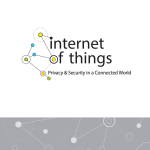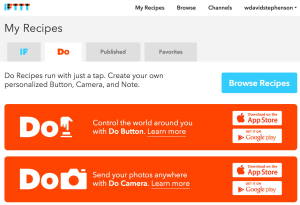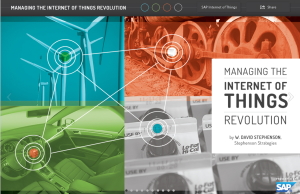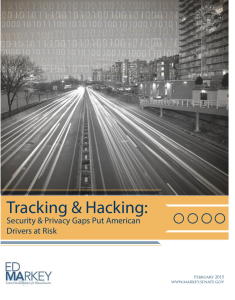“Independence with Dignity” is the motto for Jean Anne Booth’s Kanega Watch, which is in the last day of its Kickstarter campaign.
I’m not crazy about it, but in general I like what you see, and hope you get on board. It addresses three major concerns for the elderly:

Kanega watchlike what I see, and hope you’ll get on board! It’s designed to deal with three critical aging concerns:
- falls
- medication reminders
- wandering.
I met the woman behind it at a conference in Boston last Summer, and even though the prototype at that point looked very unappealing, this looks more promising.
I’m in the process of creating a list of 10 objective criteria for evaluating devices and apps that fit with my “Smart Aging” paradigm shift, which combines Quantified Self devices to encourage healthy habits and change your relationship with your doctor into a partnership, and smart home devices, which make it easier to manage your home when elderly, so you can “age in place.” Here’s how it stacks up against my criteria (which, BTW, are still in development — comments welcomed). Bear in mind that I haven’t seen current prototype, and the site doesn’t answer all of my questions. :
Is it easy to use?
- Does it give you a choice of ways to interact, such as voice, text or email?
- Does it give you reminders?
- Is it easy for you to program, or allow someone else to do it remotely?
- Does it have a large display and controls?
- Is it intuitive?
- Does it require professional installation?
- Is it flexible: can it be adjusted? Is it single purpose, or does it allow other devices to plug in and create synergies?
YES: voice-activated, rather than requiring buttons. No programming.
Does it protect privacy & security?
- Is storage local vs. cloud or company’s servers? Is data encrypted? Anomized?
- Do you feel creepy using it?
- Does it protect against exploitation by scam artists (such as identifying callers)?
- Is it password-protected?
- Is security “baked in” or an afterthought?
NO CLUE.
Does it complicate your life, or simplify it?
YES: doesn’t require a smartphone to function, and is voice-activated rather than using buttons.
Does it protect privacy and security?
NO CLUE.
Is it affordable?
- Are there monthly fees? If so, low or high?
- Is there major upfront cost?
- Does full functioning require accessories?
IFFY: You can get one by contributing $279 to the Kickstarter campaign. If that’s the retail price, it’s a little pricey, but lower than the Apple Watch base, $349, and probably a good price considering the value added services . Didn’t see anything about a monthly fee for the fall reporting & response service.
Does it stigmatize and/or condescend?
- Is it stylish, or does the design” shout” that it’s for seniors?
- Is the operation or design babyish?
- Would younger people use it?
NO: it doesn’t have a stigmatizing button, & uses a familiar form factor (watch).
Does it use open or proprietary standards?
NO CLUE.
Is the information shareable if you choose to do so?
NO CLUE.
Can you learn something from it to improve your life and empower yourself?
- For example, does health data encourage you to exercise more, or eat better?
NO: doesn’t give you feedback, measure your activity, etc.
Does it help you do something you couldn’t do before?
- Does it create a new range of services that were simply impossible with past technologies?
YES: The wandering alert (offers directions home) is new. Otherwise, just does some things such as medication alerts and calling for help that other devices have done.
Is it sturdy?
YES.
Does it have “loveability” (i.e., connect with the user emotionally)?
(This term was coined by David Rose in Enchanted Objects, and refers to products that are adorable or otherwise bond with the user)
YES: it has a Siri-like voice, which you can name, which gives reminders about taking meds and gives you directions home if you wander.
I’d give it about a 5 out of 10: I wouldn’t call this a must have — I’d like a little more of a multi-purpose tool that combines smart home and Quantified Self functions — like the Apple Watch (again, disclaimer that I work part time at Apple Store — but don’t have any proprietary info.) The watch is a little too clunky looking for me (prefer the Jony Ive-aesthetics of the Apple Watch), but it looks promising — and doesn’t require coupling to a smartphone, which is befuddling to a lot of seniors.
Kickstarter backers will begin receiving their Kanega watches in February 2016, with general market availability in summer 2016. The site doesn’t say anything about price.
Only a few hours left to join the Kickstarter campaign!
Yeah, I couldn’t figure out the names either. Turns out it’s from Cherokee: “Unalii” is “friend”, and “Kanega” is “speak.” You learn something every day….





